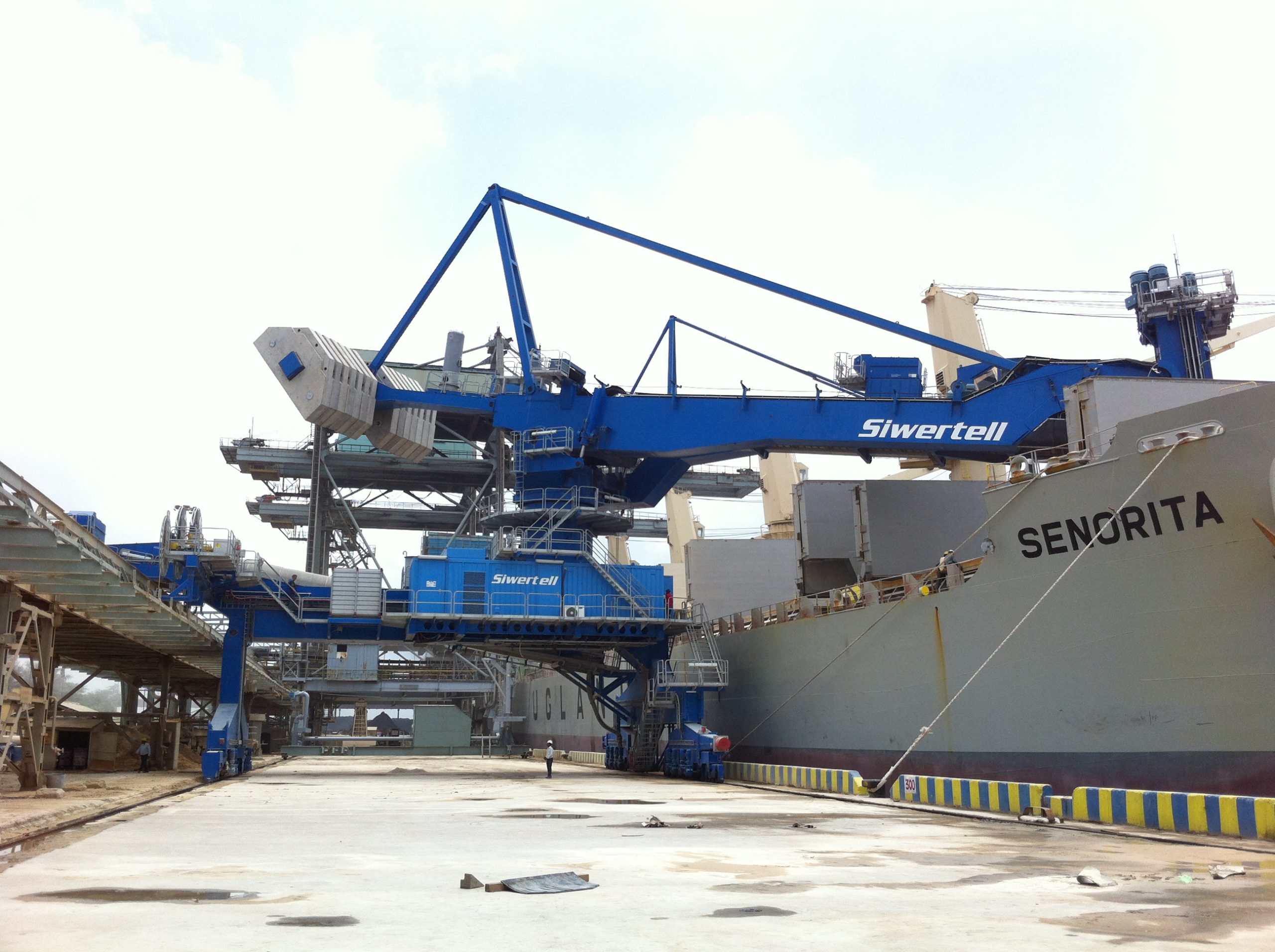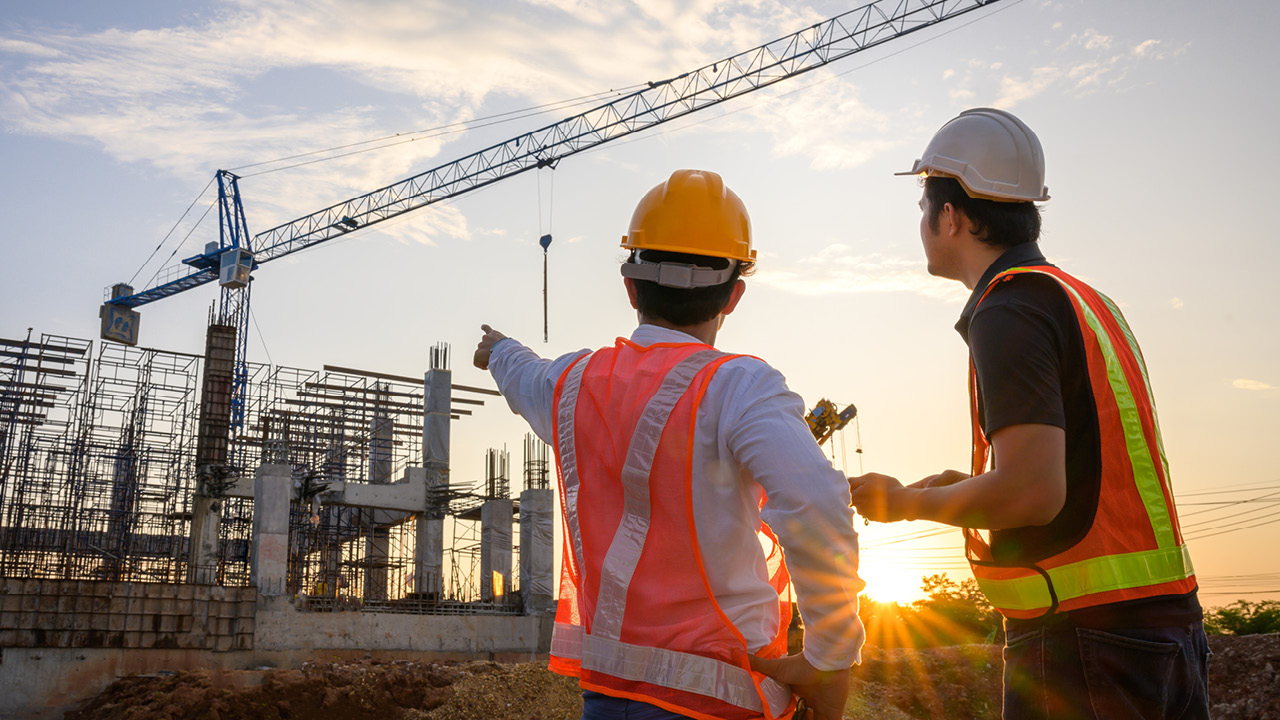Nitrogen+Syngas 383 May-Jun 2023

31 May 2023
Syngas News Roundup
Syngas News
UNITED KINGDOM
Johnson Matthey to license technology for low-carbon hydrogen project
Johnson Matthey (JM) has signed an LCH™ technology licence with Equinor and Linde Engineering for H2H Saltend, one of the UK’s largest low carbon hydrogen projects. JM was selected alongside EPC partner Linde Engineering for the major FEED contract by Equinor. The licence counts towards JM’s milestone of winning more than ten additional large-scale projects by 2023/24.
H2H Saltend is a 600 MW low carbon (blue) hydrogen production plant with over a 95% carbon capture rate, one of the first of its kind and scale in the UK, helping to establish the Humber as an international hub for low carbon hydrogen. This is the first phase of Equinor’s ‘Hydrogen to Humber’ (H2H) ambition to deliver 1.8 GW of low carbon hydrogen production in the region, nearly 20% of the UK’s national production target by 2030.
Due to be operational by 2027 and located at the energy intensive Saltend Chemicals Park, to the east of Hull, it will help to reduce the park’s emissions by up to one third. To achieve this, low carbon hydrogen will directly displace natural gas in several industrial facilities reducing the carbon intensity of their products, as well as being blended into natural gas as the Equinor and SSE Thermal’s Saltend Power Station. The amount of CO2 captured will be around 890,000 t/a, equivalent to taking about 500,000 cars off the road annually.
Alberto Giovanzana, Chief Commercial Officer, Catalyst Technologies at Johnson Matthey said: “Hydrogen will play an important role in helping us reduce carbon emissions. Using Johnson Matthey’s LCH™ technology for this project will enable the production of hydrogen with 95% less emissions and demonstrate the UK’s leadership in low carbon technologies. We’re excited our technology was chosen to be at the heart of this leading project, creating huge energy efficiencies for our customers.”
Johnson Matthey (JM) has also extended its partnership with SFC Energy to include a commitment from JM to develop and supply proton exchange membrane (PEM) components to support SFC Energy’s growth in hydrogen fuel cells. SFC Energy AG is a leading provider of hydrogen and direct methanol fuel cells for stationary and mobile hybrid power solutions. With more than 60,000 fuel cells sold worldwide, SFC is expanding its offering of higher power hydrogen fuel cells for stationary markets.
JM and SFC’s long-term collaboration has to date centred around the supply of components for SFC’s direct methanol fuel cell (DMFC) systems. Now SFC will receive assets and technology to produce these components for DMFC at SFC’s new development and manufacturing site near Swindon, UK. JM and SFC plan for JM to supply catalysts for this application for at least 5 years. This agreement allows JM to focus on its strategic hydrogen fuel cells and electrolyser business, and SFC to secure the supply chain for this important part of their business.
Looking to the future, JM and SFC have signed a memorandum of understanding (MoU) detailing their intention to work together in the field of hydrogen fuel cells for stationary applications, where PEM components will be developed under a joint development agreement (JDA) with the intent that JM supplies these components for at least 5 years.
Mark Wilson, Chief Executive of Hydrogen Technologies at Johnson Matthey said: “The evolution of our partnership with SFC Energy to focus on PEM components demonstrates how our technology, manufacturing capabilities, and expertise make us ideal long-term partners for our customers. It is an important step in the implementation of our strategy.”
DENMARK
Lego to buy green methanol for plastics production
Toy maker LEGO says that it will buy green methanol for use in manufacturing its colourful plastic bricks when the world’s first large-scale plant starts operations next year. Privately owned renewable energy firm European Energy, which is developing the plant in Aabenraa, Denmark, says that Danish drugmaker Novo Nordisk will also buy its green methanol to substitute for fossil-based plastic in insulin pens and other medical devices.
The European Energy plant will begin producing 32,000 t/a of green methanol per year from next year, based on energy from wind and solar plants as well as biogenic carbon dioxide. Shipping company Maersk, which has 19 vessels on order that can sail on methanol, last year agreed to purchase half of capacity at the plant.
SPAIN
Técnicas Reunidas begins engineering work on green methanol plant
CETAER (Centro de Transición Andaluz de Energías Renovables) has signed a collaboration agreement with Técnicas Reunidas for the development of a green methanol plant to be built in Almería. The facility will produce 37,000 t/a of green methanol using 7,200 t/a of renewable hydrogen with 54,000 t/a of carbon dioxide captured in industrial processes. It is expected to start commercial operations in 2026.
The project, called “Nascar”, includes in a first stage the configuration study of the plant, the preparation of the technical documentation for the permits and the development of a feasibility analysis. The second and third stages of the agreement will cover front-end engineering design and engineering, procurement and construction services, respectively.
Anticipated demand for green methanol as an alternative energy resource to non-renewable fuels in the transport sector will ultimately lead to the plant reaching a capacity of 300,000 t/a by 2030. Spain’s Institute for Energy Diversification and Saving (IDEA) has awarded the project a “Pioneers 3 Plan” subsidy, recognising it as an “actual and effective integration of a large scale electrolyser in the context of an industrial solution to proof the viability of massive renewable hydrogen production”.
SWEDEN
Gothenburg to develop methanol bunkering storage
The port of Gothenburg is partnering with Inter Terminals Sweden (ITS) to develop a methanol storage facility for bunkering by the end of 2023. ITS will rebuild tanks and other related infrastructure in Gothenburg. The management of the gases from methanol when loading into ships is that will be handled through a vapor recovery unit, ITS said. In January, ship owner Stena Line bunkered its methanol-powered ferry Stena Germanica in Gothenburg via ship-to-ship transfer. Previously, Stena Germanica received methanol from trucks when berthed at the port. The methanol was supplied from methanol producer Methanex.

CHINA
Maersk to bunker green methanol in Shanghai
Maersk has signed a memorandum of understanding (MoU) with Shanghai International Port Group (SIPG) on strategic cooperation for Shanghai port’s methanol marine fuel project. The two parties will collaborate to explore green methanol fuel vessel-to-vessel bunkering operations after Maersk’s green methanol container vessels arrive in 2024. Maersk and SIPG will deepen cooperation in stages, according to the shipping company.
In the first phase, SIPG, as Maersk’s potential energy bunkering service provider, will carry out services of vessel-tovessel bunkering and fuel tank storage at the port. In the potential second stage, the parties will explore how to form an all-round energy strategic partnership to promote the extension from bunkering services to the upstream of the green methanol industry chain.
Maersk has set a net-zero emissions target for 2040 across the entire business, and the delivery and operation of its 19 vessels – with dual-fuel engines that are able to operate on green methanol – is expected to accelerate the evolution of climate neutral shipping. Maersk says that establishing port bunkering infrastructure for methanol is thus imperative to achieve this goal.
“We are very pleased to form the partnership with SIPG, leveraging its strong capabilities in bunkering service and port operation,” said Vincent Clerc, CEO of Maersk. “Through joint efforts, we can provide low-carbon logistics service for our customers, also contributing to China’s pledge to be carbon neutral by 2060. Meanwhile, we also endeavour to cultivate synergies with SIPG and fuel manufacturers to optimise fuel infrastructure efficiencies.”
Chairman of Shanghai International Port Group, Gu Jinshan, said: “As the demand for sustainable fuels increase, establishing the green fuel bunkering service will be another milestone for SIPG, improving port services and enhancing the competitiveness of Shanghai port, in a bid to transform the company into a low-carbon and eco-friendly energy hub in Asia Pacific.”
INDIA
Jakson Green to set up small scale green methanol plant
Indian energy company Jakson Green has won a contact from state-run NTPC to set up a methanol synthesis facility at its Vindhyachal thermal power plant in Madhya Pradesh. The methanol plant will have a production capacity of 10 t/d (3,300 t/a). It will convert 20 t/d of CO2 to methanol through a catalytic hydrogenation process, using carbon dioxide captured from the power plant’s flue gas together with green hydrogen produced by electrolysis, the company said.
Jakson Green will oversee the entire design, engineering, procurement, and construction of the project on a turnkey basis, in partnership with NTPC and their Japanese technology provider for the methanol synthesis process.
Tata Steel to set up a pilot green methanol plant
A similar sized (10 t/d) unit is also planned by Tata Steel at its Kalinganagar facility in Odisha to produce methanol using blast furnace flue gases. The project aims to explore the possibility of combining carbon dioxide from steel mill blast furnaces with hydrogen from electrolysers to produce green methanol. This will enable Tata Steel to test the feasibility of this process and potentially pave the way for a more sustainable approach to methanol production in the country.
FINLAND
Lhyfe buys into Flexens
Lhyfe, a French developer of green and renewable hydrogen projects, has announced that it has acquired a 49% stake in the Finnish company Flexens, also involved in renewable and green hydrogen as well as Power-to-X projects. This is Lhyfe’s first major investment, and is part of its strategy to expand rapidly in countries with major plans for renewable and green hydrogen. The move will accelerate the commercial deployment and Finland-based projects for both entities.
Flexens was founded to capitalise on the expertise gained from the Smart Energy Åland (SMÅ) research programme, and has developed significant capabilities in energy system modelling and project development since 2018. It has a commercial pipeline with a total foreseen capacity exceeding 1.5 GW in Finland and abroad, including: a 300 MW project at Kokkola, backed by letters of intent with critical stakeholders and expected to be commissioned by 2027; Åland, where after many years of research in the Åland archipelago, the company has developed the world-leading Smart Energy Åland demonstration project to showcase a society based on 100% renewable electricity, using hydrogen and Power-to-X applications; and finally Lempäälä, where Flexens will launch an initial 2.5 MW green hydrogen production unit in 2025, which will be connected to Finland’s first hydrogen refuelling station. The plant will be integrated into the local intelligent energy system LEMENE, owned by the energy company Lempäälän Energia.
Lhyfe inaugurated the world’s first industrial site for the production of green hydrogen in direct connection with a wind farm in 2021 and, in 2022, the world’s first offshore green hydrogen production demonstrator. The company aims to have more than 3 GW of installed capacity by 2030, and will have three new industrial sites in operation by the end of 2023 and has already announced several projects throughout Europe, including in Nordic countries, with GreenLab and GreenHy-Scale in Denmark, Storgrundet, Trelleborgs Energi and Harjedalen in Sweden and Horisont Energi in Norway.






